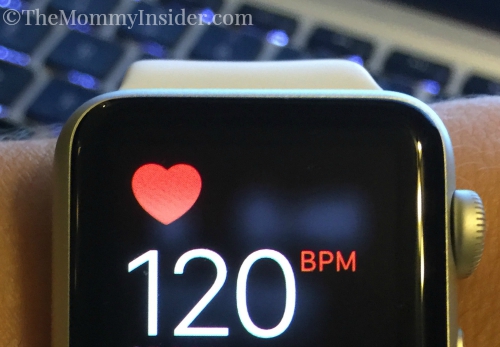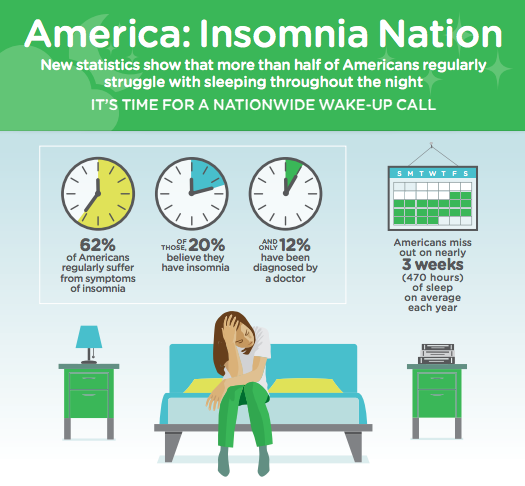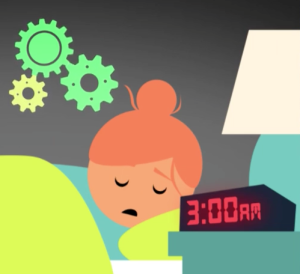 Every year when Sebastian and Madelyn start school after summer break, they seem to adjust to the change in schedule quicker and easier than I do. They’ve been back in school for almost 6 weeks (WHAT?) and I’m still trying to figure out how to get through the days without feeling like I’m going to split into thirds from going three different directions at once. Our days, probably like yours, are made up of carpool, attending school events, after-school activities, work, and keeping up with the house – all the while trying to communicate and keep good relationships with friends and family. With so much going on, I feel like I’m running 90 miles-an-hour, 18 hours a day. I know you can relate. It’s the life we chose when deciding to become parents, and I wouldn’t change it for the world, but you’d think that after 16 years I would have it down. Tell me please – when exactly did parenting become normal and consistent for you?
Every year when Sebastian and Madelyn start school after summer break, they seem to adjust to the change in schedule quicker and easier than I do. They’ve been back in school for almost 6 weeks (WHAT?) and I’m still trying to figure out how to get through the days without feeling like I’m going to split into thirds from going three different directions at once. Our days, probably like yours, are made up of carpool, attending school events, after-school activities, work, and keeping up with the house – all the while trying to communicate and keep good relationships with friends and family. With so much going on, I feel like I’m running 90 miles-an-hour, 18 hours a day. I know you can relate. It’s the life we chose when deciding to become parents, and I wouldn’t change it for the world, but you’d think that after 16 years I would have it down. Tell me please – when exactly did parenting become normal and consistent for you?
 In order to calm my mind and body, and hopefully get to sleep before 1AM, I’ve been practicing the healthy shut-eye strategies I shared with you a couple weeks ago – including signing off from social media at least one hour before bedtime. I also stopped exercising after 3PM. My heart rate is naturally high and since having an Apple Watch I can actually see that it stays slightly elevated for up to a few hours after I exercise, which doesn’t make it easier for me to wind down in the evening. As surprising as it seems to me, turning off all lights, even small nightlights, in and near our bedroom is the shut-eye strategy that’s made the biggest difference in how quickly I fall asleep. Studies have shown that even our small lights emit enough light to miscue the brain and promote wakefulness. Maybe nightlights aren’t such a great idea afterall?
In order to calm my mind and body, and hopefully get to sleep before 1AM, I’ve been practicing the healthy shut-eye strategies I shared with you a couple weeks ago – including signing off from social media at least one hour before bedtime. I also stopped exercising after 3PM. My heart rate is naturally high and since having an Apple Watch I can actually see that it stays slightly elevated for up to a few hours after I exercise, which doesn’t make it easier for me to wind down in the evening. As surprising as it seems to me, turning off all lights, even small nightlights, in and near our bedroom is the shut-eye strategy that’s made the biggest difference in how quickly I fall asleep. Studies have shown that even our small lights emit enough light to miscue the brain and promote wakefulness. Maybe nightlights aren’t such a great idea afterall?

What if going to sleep isn’t the issue for you, but staying asleep is?
I can relate. Staying asleep is a battle I fight almost every night. I was diagnosed with insomnia in 2004 and I get a little riled up when I hear someone say they only got 5-6 hours of sleep the night before. I empathize, I really do.. but I can go 48-36 hours without sleeping. This can happen every few weeks and it’s very unhealthy. That is why I take a prescription sleep aid nights I really need to get a good night’s sleep, such as before having to drive an 8-hour road trip or leaving for a business trip.
Not getting enough sleep, or any sleep, results in me being completely unproductive and irritable the next day. The insomnia conquering strategies I’ve shared with you help me fall asleep but staying asleep longer than 45 minutes to an hour is another story. If you too have insomnia, practicing shut-eye strategies alone may not be enough to help you get a good night’s sleep.
You’ll be happy to know there are effective treatment options available for those of us who suffer with insomnia, including SILENOR®, a prescription sleep aid used to treat people with insomnia who have trouble staying asleep. Most sleep medications work on the sleep-promoting system, helping patients fall asleep, while SILENOR® works with the wake-promoting mechanism of the body’s natural sleep-wake cycle, helping patients stay asleep throughout the night and early morning. Perhaps most important, it can be used regularly and it’s not associated with a risk of abuse or physical dependence. If you have trouble sleeping through the night, have a conversation with your doctor about your routine, lifestyle and symptoms to determine the best option for you.
To learn more about how to achieve a full, uninterrupted night’s sleep visit Wanttosleepmore.com.
SILENOR® is a prescription sleep medicine that is used to treat people with insomnia who have trouble staying asleep. Call your doctor if your insomnia worsens or is not better within 7 to 10 days. This may mean that there is another condition causing your sleep problem. Be sure that you are able to devote 7 to 8 hours to sleep before being active again. SILENOR® should be taken within 30 minutes of bedtime. Do not take with alcohol or with other medicines that can make you sleepy. If you are on a monoamine oxidase inhibitor (MAOI) or have taken a MAOI within the past two weeks, you should not take SILENOR®. You should not take SILENOR® if you have an eye problem called narrow angle glaucoma that is not being treated, if you have severe urinary retention, or if you are allergic to any of the ingredients in SILENOR®. You should not drive or operate machinery at night after taking SILENOR®. Until you know how you will react to SILENOR®, you should be careful in performing such activities during the day following taking SILENOR®. Before you take SILENOR®, tell your doctor if you have a history of depression, mental illness or suicidal thoughts. You should call your doctor right away if after taking SILENOR® you walk, drive, eat or engage in other activities while asleep. Drowsiness is the most common adverse event observed in clinical trials. For more information, please see the complete Prescribing Information, including the Medication Guide, at https://www.silenor.com/Content/pdf/prescribing-information.pdf. You are encouraged to report negative side effects of prescription drugs to the FDA. Visit www.fda.gov/medwatch or call 1-800-FDA-1088.

 My husband and I were laying in bed. He, drifting off to sleep while I was twitching to get up and be productive. I rolled over and said “you know, sleeping is such a waste of time”. He was in absolute shock. It was as if I called his Ford Mustang the ugliest car in the world, in the meanest way possible. He values sleep like I would value the idea of living on an isolated island surrounded by peaceful ocean waves, palm trees, and no mosquitos – a lot!
My husband and I were laying in bed. He, drifting off to sleep while I was twitching to get up and be productive. I rolled over and said “you know, sleeping is such a waste of time”. He was in absolute shock. It was as if I called his Ford Mustang the ugliest car in the world, in the meanest way possible. He values sleep like I would value the idea of living on an isolated island surrounded by peaceful ocean waves, palm trees, and no mosquitos – a lot!